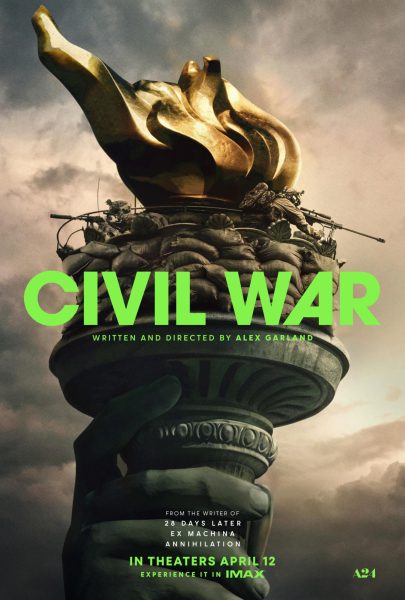Times have changed, college athletes deserve compensation
The college sports industry is huge, generating large amounts of money, however college athletes, those who are an integral part of the industry, are not able to earn compensation outside of scholarships.
The National College Athletic Association’s rules state that if a college-bound student-athlete is paid for appearing in a commercial or receives an endorsement before or after he or she is accepted at an NCAA member school, his or her eligibility could be affected.
The question is, if organizations like the Big Ten and the NCAA are allowed to sell broadcast times to sponsors, why can’t the individual athletes get sponsorships? The teams which the athletes play for are able to be sponsored by companies like Nike, Adidas and Under Armor, however the individuals would lose their eligibility if they receive sponsorships.
According to Cork Gaines’ article titled “The 27 schools that make at least $100 million in college sports,” in The Business Insider, the college sports industry generates $11 billion in annual revenues. Texas A&M tops the list, making over $180 million in revenue during the 2015 fiscal year. These revenues come from numerous sources, including ticket sales, sponsorship rights, and the sale of broadcast rights. According to Tim Parker’s article in Investopedia, the NCAA recently sold broadcast rights to its annual men’s basketball tournament for upwards of $770 million per season. In addition, the Big Ten Conference has launched its own television network that sells airtime to sponsors during the broadcast of its football and men’s basketball games.
The expansive revenue of college sports helps to pay NCAA executives, athletic directors and coaches. According to Will Hobson and Steve Rich’s article in the Washington Post, in 2011, NCAA members paid their association president, Mark Emmert, $1.7 million. Head football coaches at the 44 NCAA Bowl Championship Series schools received on average $2.1 million in salaries. According to Teddy Greinstein’s article in the Chicago Tribune, Alabama’s head football coach, Nick Saban, will be paid more than $11 million in 2017. However, college athletes cannot earn any of this revenue that is generated by their own work.
Many argue that college athletes are compensated enough with their scholarships to high quality universities. However, a 2011 report entitled “The Price of Poverty in Big Time College Sport” confirms that 85 percent of college athletes on scholarship live below the poverty line. Allowing athletes to earn money through sponsorships will give some student athletes a much needed supplemental income.
The NCAA defends its no-sponsorship rules on several grounds. First, they classify college athletes as amateurs. According to the NCAA on their website, the collegiate model of sports is centered on the fact that those who participate are students first and not professional athletes, therefore cannot earn compensation in any form. In addition, the NCAA claims that allowing student-athletes to be sponsored and therefore paid by outsiders, would destroy competitive balance in college sports.
In reality, allowing paid sponsorships may actually restore competitive balance. Now, the biggest and richest universities are able to provide athletes with the highest quality amenities. If athletes are able to be compensated by other businesses and not the school they attend, there would be incentives for other schools outside of the amenities that the bigger schools are able to offer.
In 2016, Emmanuel Mudiay, an all-American basketball player, skipped college to play professional basketball in China for a year. He was able to make $1.2 million by skipping college and is now in the NBA. It is clear that some athletes are realizing the faults in the NCAA system, so the NCAA must make a change.
It is hard to agree with big-time NCAA executives when their argument against allowing student-athletes to be sponsored arises mainly from greed and self-interest. Allowing paid sponsorships for college athletes is fair and should be allowed.




